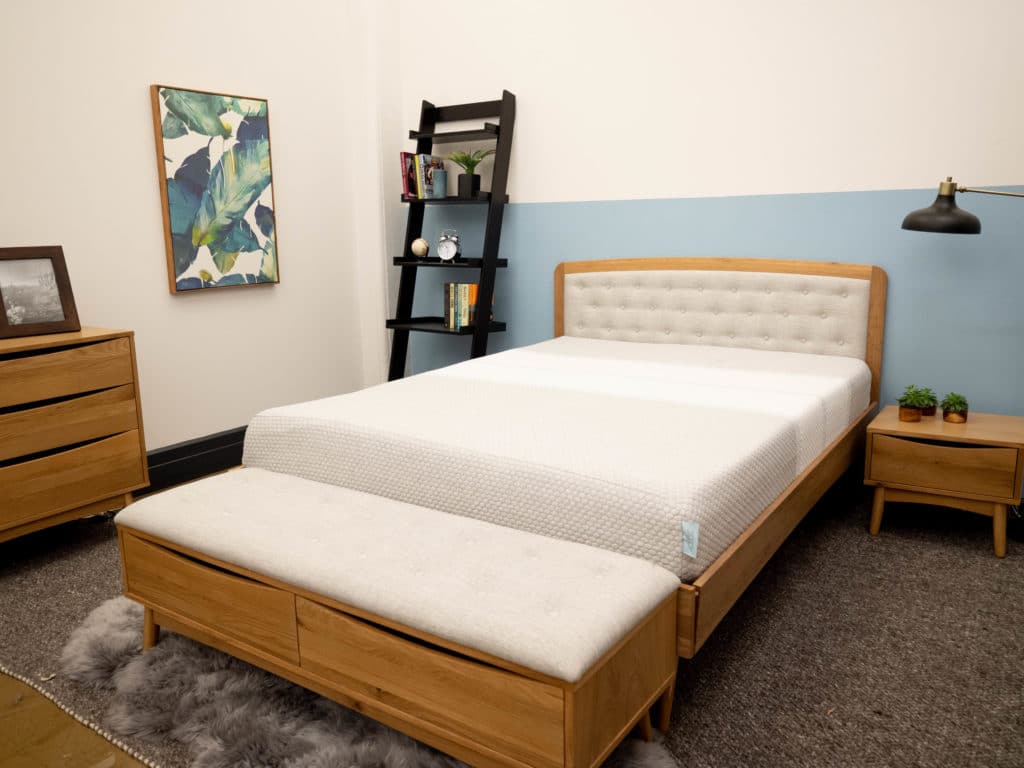Editor’s Note: 2920 has recently shut down operations and this mattress is no longer available. I recommend checking out the Zinus Green Tea Memory Foam, which is just as soft and affordable!
Founded to help customers get their recommended eight hours of sleep every night, new bed-in-a-box brand 2920 (yes, that’s the sum of 365 nights of restorative shut eye) has launched its first mattress, an all-foam model built with pressure relief in mind.
To see just how comfortable this new bed is, I’ll be putting it to the test, sussing out its firmness, motion transfer, sinkage, and more to figure out if it could be the mattress of your dreams.
Continue reading below for my full review of the 2920 mattress. Don’t have time to read it all? Click here to skip to the bottom and check out my review summary.
CONSTRUCTION
The 2920 mattress features an all-foam construction of four distinct lay
ers, measuring up to a total 10” of comfort. This combination of materials is intended to create a balanced vibe that’s as pressure-relieving as it is supportive.
To see how this all comes together, let’s dive on into the bed!
Cover – Comprised of a polyester, viscose, and lycra blend, the cover is a stretchy material that snaps back into place with ease. It’s soft to the touch and provides the sleeper with some immediate comfort.
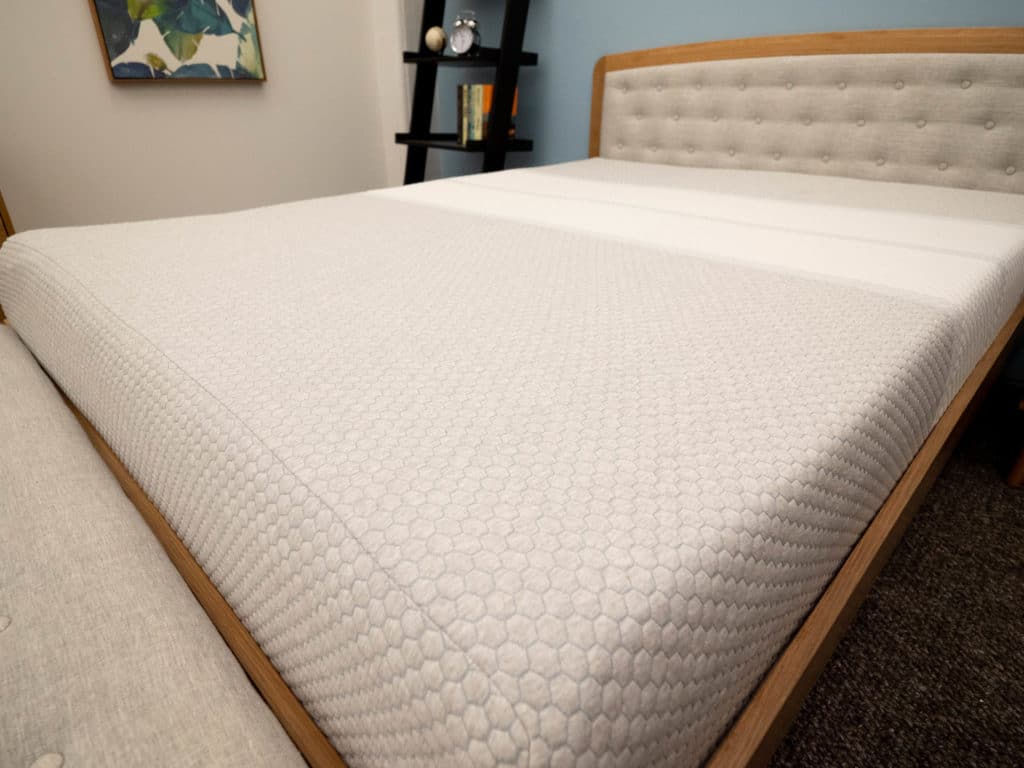
Comfort Layer – Built with 2” of what the brand describes as “new generation foam,” the comfort layer has a slow response to pressure, allowing the sleeper to sink in for some satisfying relief. It’s also a super breathable material that has a sort of open cell structure to it, which should help to keep things cool through the night.
Transition Layer – Directly below the comfort layer you’ll find an inch of soft poly foam. This section functions mainly to help transition the sleeper into the firmer foams in the bed’s base, ensuring that there’s not an uncomfortable shift as they sink through the layers.
Support Layer – Next up you’ll encounter 5.5” of high-density poly foam, which brings some support and stability to the mattress. This firm layer helps to give the softer foams above something off which to respond and also works to bring a more balanced feel to the structure as a whole.
Foundation Layer – And finally, the construction wraps up with a 1.5” layer of high-density poly foam. 2920 says this section contributes to the bed’s “edge-to-edge” support, which reportedly helps to maximize the usable surface area of the bed. I’ll be investigating the mattress’ edge support a little later on in the review.
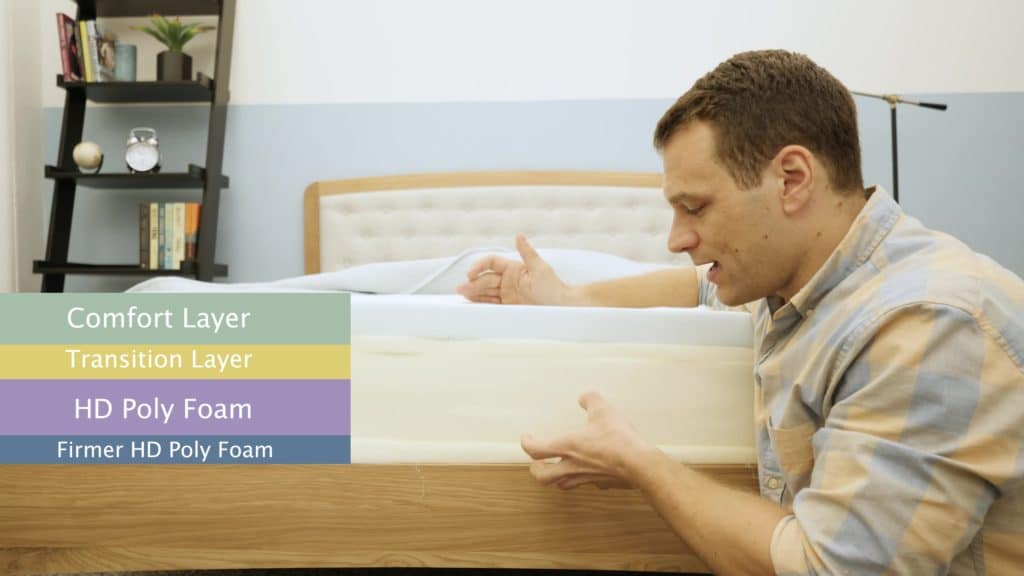
FIRMNESS
After taking a look at the construction of the 2920, let’s chat about the firmness and feel. I started off by applying light hand pressure to the mattress and found that I was immediately interacting with the gentle comfort layer. I could feel my hand sinking into this material and was somewhat surprised by just how soft it is. Pushing in further, I continued to sink deeply into the mattress and could feel the materials giving under my weight.

Since folks of diverse sizes and body types are going to feel firmness differently, I decided to bring in three other testers to help me figure out how firm the 2920 mattress is. To do this, we each took a turn lying on the bed, gave it a personal firmness rating, and then compiled them together on the graph below.
While feel is always going to be an individual thing, our responses should give you a good sense of the firmness range you can expect from the mattress.

My testers were pretty much in agreement about the firmness of the 2920, giving it an average rating of 4.6. When compared to the industry standard of 6.5 for medium firmness, it’s clear that this is one soft bed.
I personally gave the 2920 a rating of 4, one of the softest ratings I’ve ever given to a mattress. The foam layers here are incredibly gentle, allowing the sleeper to really sink into the structure. While this pressure relief could be satisfying for side sleepers or those with back pain, I would point out that the deep hug you receive from the mattress will likely leave you feeling as though you’re sleeping “in” the bed as opposed to “on top” of it.
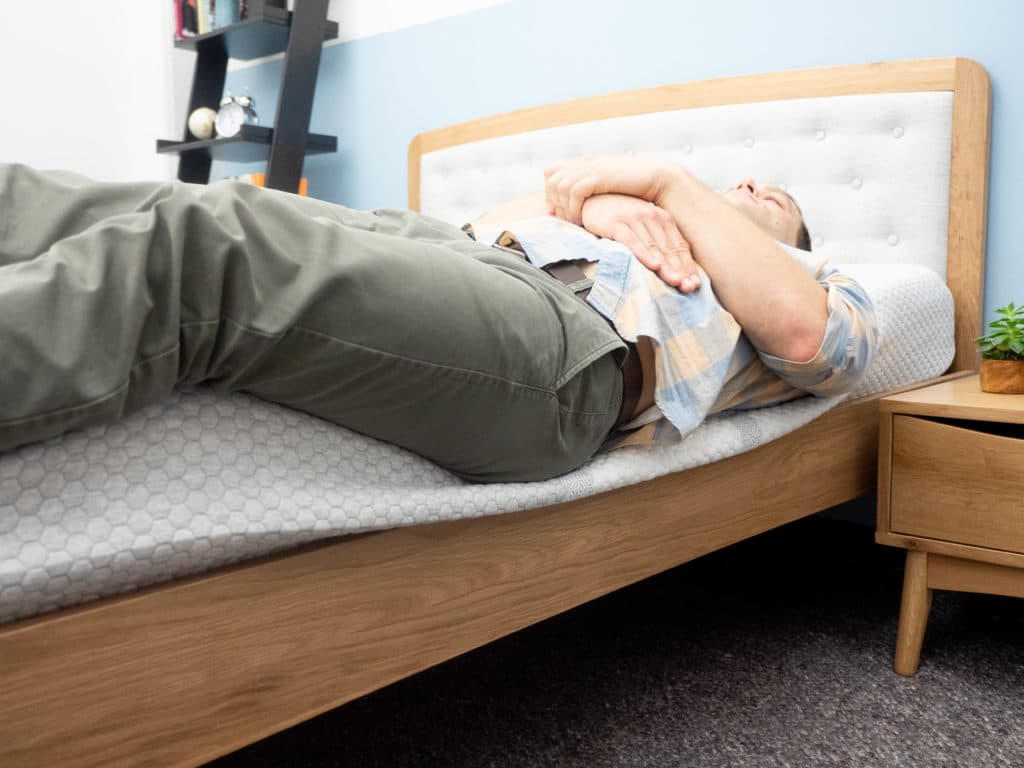
PRESSURE MAP
Another important component of a bed’s feel is pressure, or more specifically where pressure points are likely to form while lying on top of it.
To help you visualize where these tension spots might crop up, I placed a pressure map on top of the mattress and lied on my back, side, and stomach. You can see the results on the image below where pressure is represented from blue (low pressure) to red (high pressure).
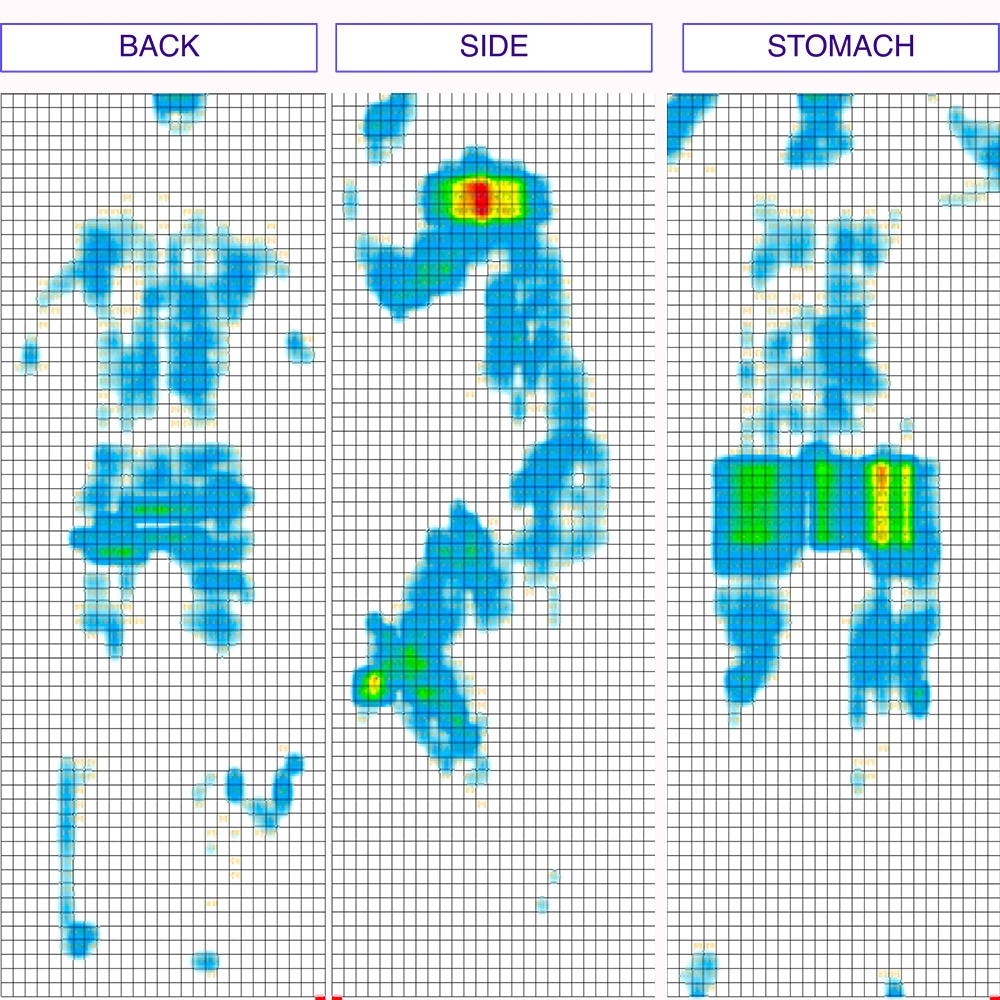
Back – Lying on my back, I could really feel myself sinking into the mattress. While the deep contouring of the soft foam top layers provided some satisfying pressure relief to my lower back, it did cause me to feel somewhat stuck in the structure, which made it difficult to move around and change positions.
Edge Support – Scooting as close to the side of the bed as I could, I began to detect some intense compression through the foam layers. Though all-foam mattresses like this usually have pretty average edge support, I’d say the 2920 stands out for having virtually no support in this position.
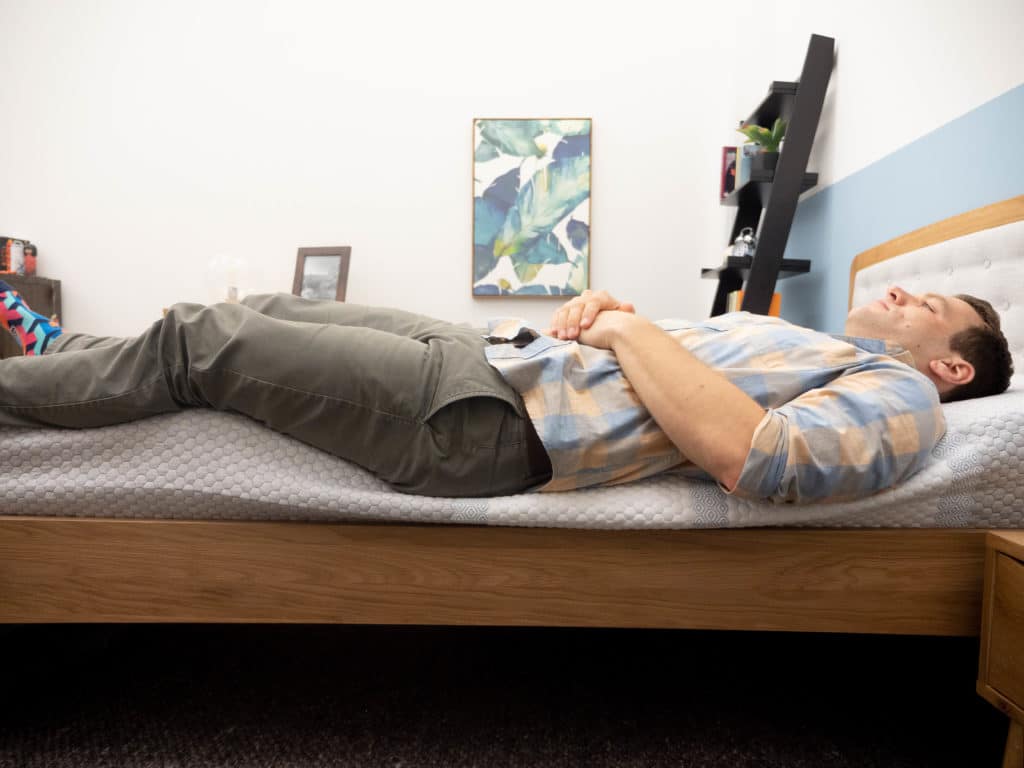
Side – Rolling onto my side, I experienced a lot of comfort from the 2920, which isn’t that surprising considering how soft it is. Side sleepers tend to prefer gentler structures that provide cushiony support to the shoulders and hips, so I’d definitely say those who doze primarily on their sides could find a lot to love in this bed.
Stomach – While side sleepers may prefer softer mattresses, stomach sleepers usually go for firmer beds as they do a better job of keeping the back in a nice, even position. Here, the soft foams sent my shoulders out of alignment with my hips, which caused some discomfort along my spine.
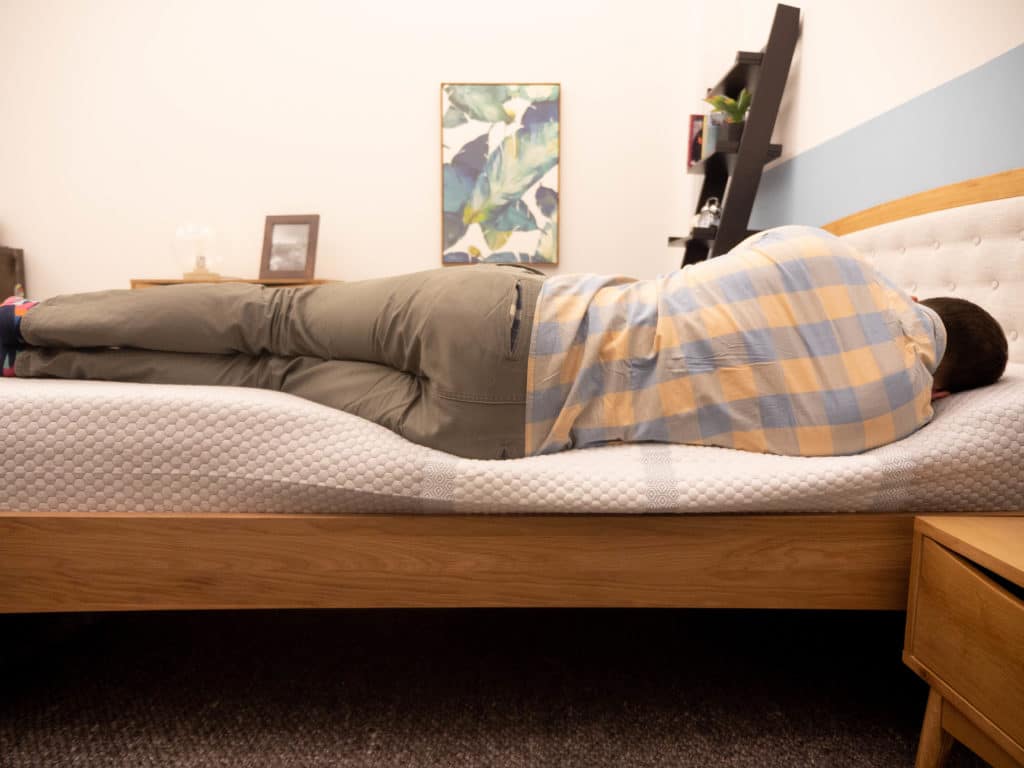
MOTION TRANSFER
Next up let’s take a look at motion transfer, or the amount of disturbance likely to be experienced across the surface of the mattress. This section will be important for everyone, but could be especially pertinent for couples as it’ll clue you into just how badly you’ll be bothered by your partner’s movements in the night.
To illustrate this motion transfer, I dropped a 10-pound steel ball from heights of 4 inches, 8 inches and 12 inches and measured the disturbance it caused: the bigger the lines, the bigger the disturbance.
FYI: Each drop is meant to symbolize a different movement you’re likely to experience in bed, from tossing and turning (4”) to getting out of bed (8”) all the way to full on jumping (12”).
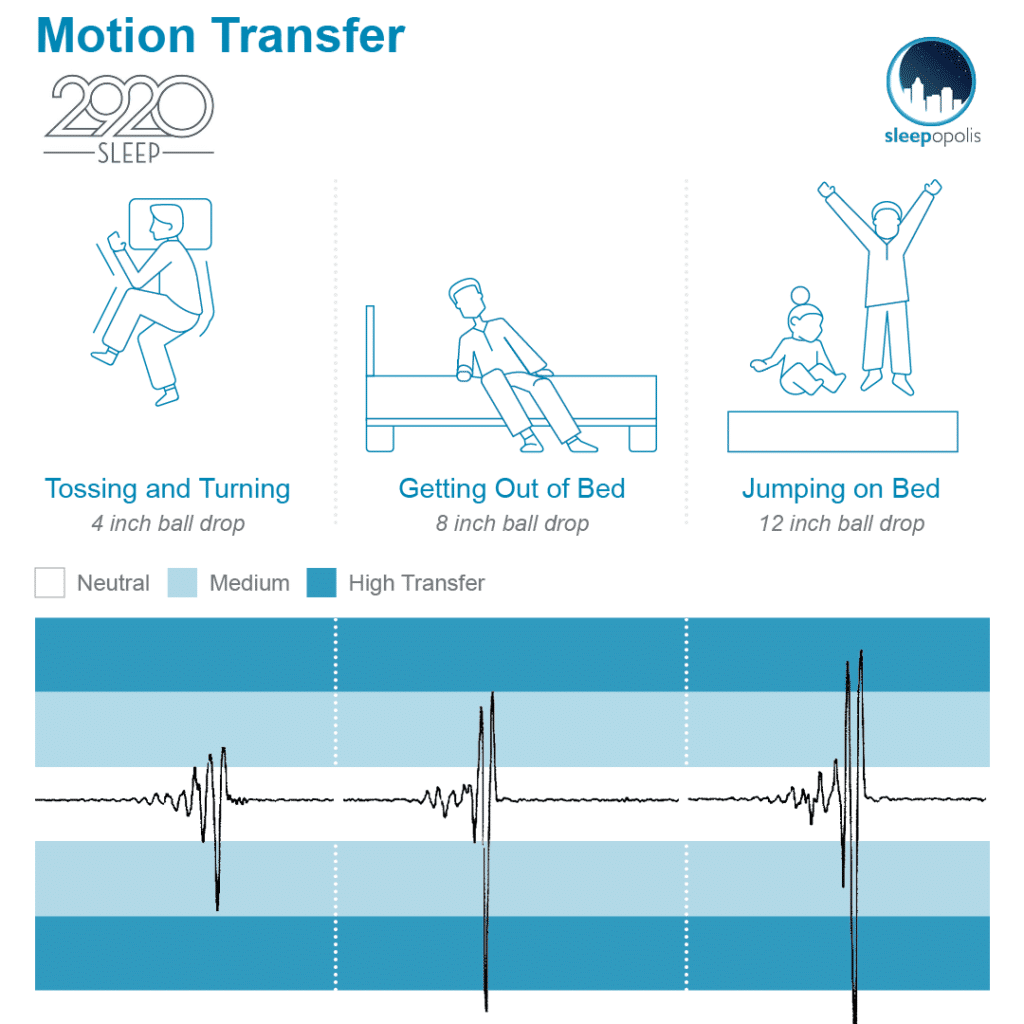
When compared to other foam mattresses I’ve tested, I’d say these are great motion transfer results. The slow response to pressure of the top layer works to dampen and absorb movement, so you shouldn’t be too disturbed by your partner’s tossing and turning at night.
SINKAGE TEST
When buying a new bed, most people want to know whether they’ll feel like they’re sinking “into” the mattress or laying “on top” of it. To visualize this sinkage, I placed four balls of varying sizes and densities (a 6-pound medicine ball, a 10-pound steel ball, a 50-pound medicine ball, and a 100-pound medicine ball) on the mattress and measured how much they compressed the surface.
The variations in size, weight and density are meant to simulate different body parts and different sized sleepers.
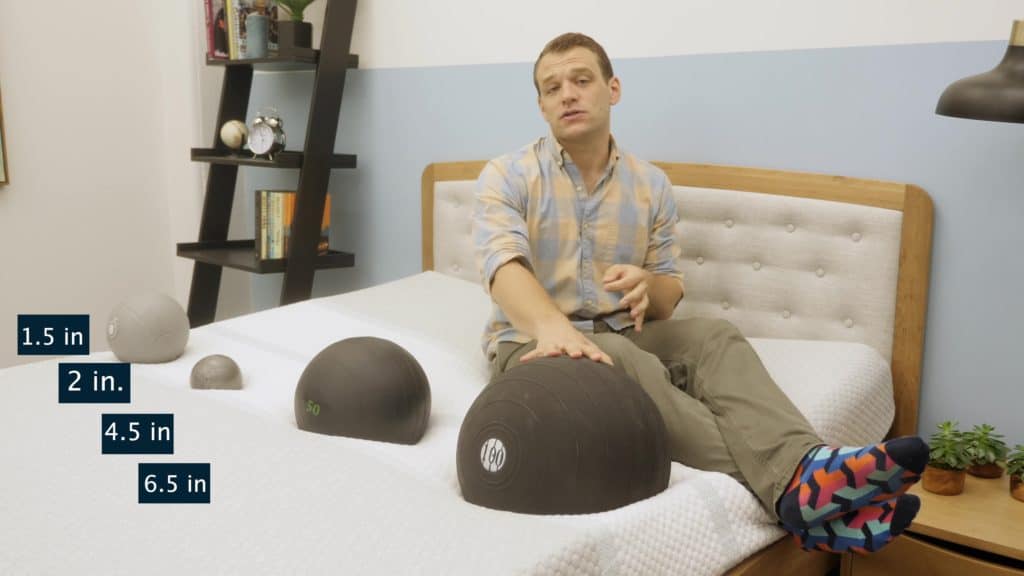
- 6-pound medicine ball: 1.5 inches of sinkage.
- 10-pound steel ball: 2.5 inches of sinkage.
- 50-pound medicine ball: 4.5 inches of sinkage.
- 100-pound medicine ball: 6.5 inches of sinkage.
This is a ton of sinkage! Across the board, these are some of the highest sinkage rates I’ve ever seen, which tells me you’re likely to push in deeply through the structure for some intense body contouring. While this feel should bring some satisfying pressure relief to the shoulders, hips, and lower back, it could cause you to feel like you’re sleeping more “in” the bed as opposed to “on top” of it.
BASIC INFORMATION
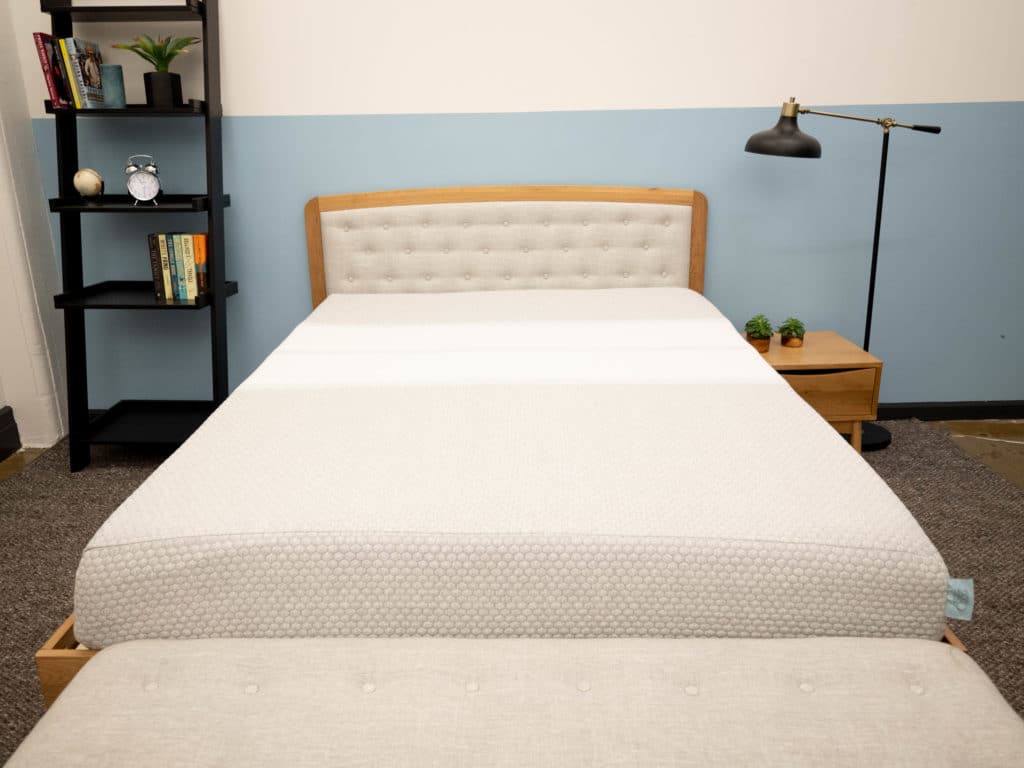
- Sleep Trial: 100 days.
- Warranty: 10 years.
- Shipping: Free, arrives compressed in a box.
Just getting started? Begin your mattress search with my mattress reviews breakdown.
SIZE AND PRICING INFORMATION
If you’re convinced the 2920 is the right mattress for you, the size and pricing information for the mattress are below. Please note that these prices reflect standard pricing, but if you click this link the Sleepopolis coupon code will be automatically applied so you save 5%!
| Size | Dimensions | Weight | Price |
|---|---|---|---|
| Twin | 38″ x 75″ x 10″ | 47 lbs | $600 |
| Twin XL | 38″ x 80″ x 10″ | 50 lbs | $675 |
| Full | 54″ x 75″ x 10″ | 65 lbs | $850 |
| Queen | 60″ x 80″ x 10″ | 73 lbs | $995 |
| King | 76″ x 80″ x 10″ | 89 lbs | $1,150 |
| California King | 72″ x 84″ x 10″ | 88 lbs | $1,150 |
IS THE 2920 MATTRESS RIGHT FOR YOU?
Now that we’ve taken a closer look at the 2920 mattress, I want to highlight some of its biggest pros and cons:
PROS
- I think the real standout feature of this mattress is that it’s super soft, which could be a great selling point for those who want to sink deeply into their bed.
- The 2920 also features some incredible body contouring and breathability, ensuring that you’ll get plenty of cushiony relief without overheating in the night.
CONS
- While the gentle foam layers could do wonders for side sleepers, the same can’t necessarily be said for stomach sleepers who may find the lack of support to cause discomfort along the spine.
- I’d also say the near absence of edge support on the 2920 means it probably wouldn’t be a great mattress to share with another person.
- Overall, I’d say the biggest detractor for this mattress is that there isn’t a ton of support, which means you’re likely to feel stuck in the bed.
For more information on the 2920 mattress, visit its website here!
